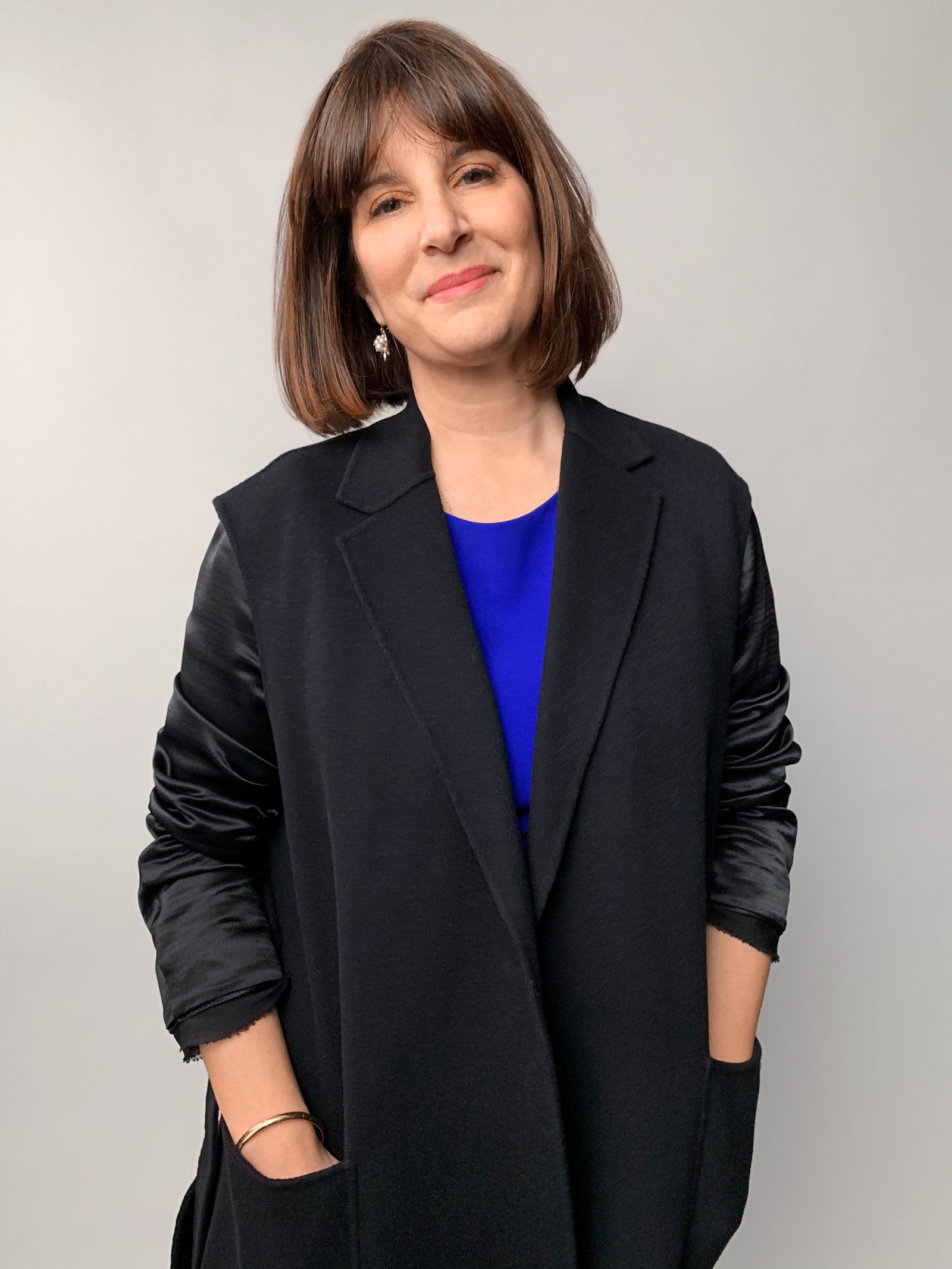The sneaky ways Apple it trying to make tech friendlier for women

Naomi Hirabayashi who, with Marah Lidey, cofounded Shine, an app designed to make self-care a daily habit, doesn’t hesitate to describe the value of Entrepreneur Camp: “It’s validity,” she says. “Apple is the world’s most iconic brand, and when they elevate someone or something, it holds so much weight because they are on the pulse of innovation.” The company’s support helped when she and Lidey were marketing the app and won a “best app of the year” designation; Apple also helped them sweat the design details, especially about accessibility, adjusting for things like people who read right to left instead of left to right, or changing icons or notifications so they are visible for people who are color-blind. The upgrades—and their mission to never be “preachy, presumptuous, or pricey” and to assert that self-care is “more than taking a bubble bath at the end of a long day”—have helped them build an audience that is more representative than most, with black women making up some 20 percent of their community, Hirabayashi says. Now Shine is the largest self-care membership in the world, she says, reaching 4 million people in 189 countries every day.
Lactapp founder Maria Berreuzo Martinez, from Spain, was also looking for community when she created her app to support breastfeeding moms. Just a month after giving birth, she was in a car accident that left her hospitalized for two months. She couldn’t see her baby but wanted to continue breastfeeding, so she pumped every day until she was home and could resume nursing. It was possible, she says, because “I had information and support—I had mothers around me that really supported me. Every woman should have that.”
So Martinez set out to create a virtual version of that, spending more than a year to develop an app that would answer questions customized to each mom and the age of her infant. Now Lactapp answers 35,000 questions a week, through live chats and with the help of AI. They’ve also identified key signs a mom may be experiencing things like postpartum depression and, in the next iteration of the app, hope to incorporate information and referrals to doctors for these often undiagnosed conditions. The app, Martinez says, already feels completely new after working with Apple. “We worked for three years on this, and after one session we were like, Oh! We can do this better,” she says. Martinez is mission-driven, but she’s not shy about this being a business (smart since app developers earned $30 billion in the last year alone). “Right now the system makes money when breastfeeding fails,” she says. “What if breastfeeding succeeds? Nobody thinks that way. We have to open a lot of minds.”
Kim Azzarelli, cofounder of Seneca Women (alongside Melanne Verveer, the ambassador-at-large for global women’s issues in the Obama administration), admits she wasn’t a tech native when she first had the idea of launching an app, but that didn’t deter her because she felt such an urgency for change. “Those of us who have been working in women’s issues a long time know we have a lot of the solutions, but unfortunately, we’re not able to scale the ideas quickly enough,” she says. “If you want to be part of designing the future, we need women at the table. And to do that we need women in technology.” Azzarelli and Verveer already had a book, Fast Forward, and a newsletter, but that wasn’t enough. An app, Azzarelli explains, offers “the ability to be interactive, to poll people, and to reach the community, but also the ability to be more direct and send daily, more snackable information. In a newsletter we can give people thoughts, but here we can give people something to do, right away.” Apple advised on their Seneca Connect app, which provides tools and resources for female entrepreneurs around the world, and includes the ability to shop from women-owned businesses. The company helped with engineering expertise, and Azzarelli brought her decades of knowledge about women’s issues to the table. Azzarelli has other ideas about AR to help bring these ideas and information to life, but she’s mum for now. “We are coming up to the 100th anniversary of [women getting] the vote…and [progress] is just too slow, too damn slow,” she says.
For her, it would be irresponsible not to use technology to help further the Seneca goals. “Susan B. Anthony traveled all over this country by horse and buggy, not Uber and Lyft,” she says. “They really made sacrifices for 50 years to get us the vote. My fear is that we’re at this moment where [activism is] just in vogue. If we don’t give people actionable things to do and leverage technology, the action we’re seeing now could become another fad, and people will say, ‘Oh, we did that.’ No we didn’t—we’re still stuck. We don’t want the appearance of progress…. Technology is what’s going to bring us that leap forward.” Like the other developers, she found a new community at Entrepreneur Camp, or E Camp, as some call it. “I’ve been in a lot of rooms full of women,” she says. “At E camp, I was with another 15 women-led businesses, from all over the world. You just feel like you’re in something together. You feel like you’re building the future.”
